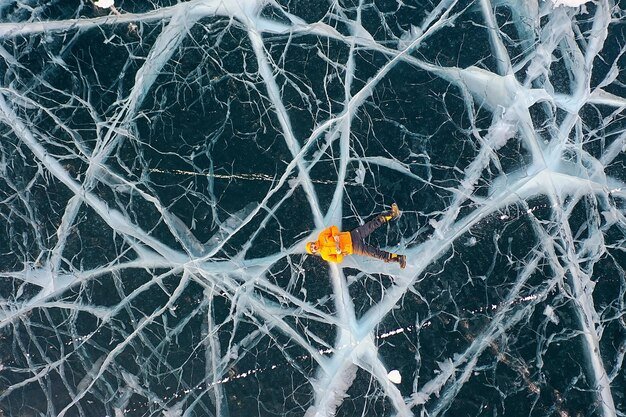What Is ‘Brain Freeze’? : Have you ever had a really tasty ice cream cone that you couldn’t wait to eat? If you’ve eaten ice cream quickly, you’ve probably experienced something called ‘brain freeze’. But what exactly is it and why does it happen? Let’s find out more.
Also Read : Garlic Peeling Made Easy With This Simple Trick!
Brain Freeze

Brain freeze, also known as ice cream headache, cold stimulus headache, or trigeminal headache, is a brief but intense pain you feel in your head. While it hasn’t been extensively studied, there is a possible explanation for these headaches caused by cold. There are two types of brain freeze: external and ingested/inhaled.
Also Read : Moldy Food You Can Still Eat Without Wasting It
External brain freeze occurs when your head is exposed to extreme cold, like in cold weather, diving into cold water, or undergoing cryotherapy. These headaches usually last for about 30 minutes or less. The ingested or inhaled type happens when you consume or inhale something cold. Eating crushed ice quickly is a common trigger, but even eating ice cream slowly can cause it. This type of headache only lasts for about 30 seconds.
Also Read : Sleep Hack: Try This Easy Tip For Better Sleep
Cause

But why does ice cream, cold air, or popsicles cause brain freeze? When a cold stimulus touches the roof of your mouth, it quickly constricts the blood vessels, which is believed to trigger the painful headache. When you breathe in warmer air after consuming something cold, the blood vessels dilate again. The change between constriction and dilation leads to brain freeze. There aren’t specific temperature thresholds that cause the headache; it’s more about the sudden cold stimulus.
Not everyone experiences this type of headache when consuming something cold. About 30% to 40% of the population is believed to be susceptible to brain freeze. It’s thought that these individuals have a more sensitive trigeminal nerve.
Also Read : How To Soften Butter Fast Without Melting It ?
Also Read : RECOGNIZING THE INDICATIONS OF PARKINSON’S DISEASE: A COMPILATION OF SYMPTOMS
source image : Unsplash





